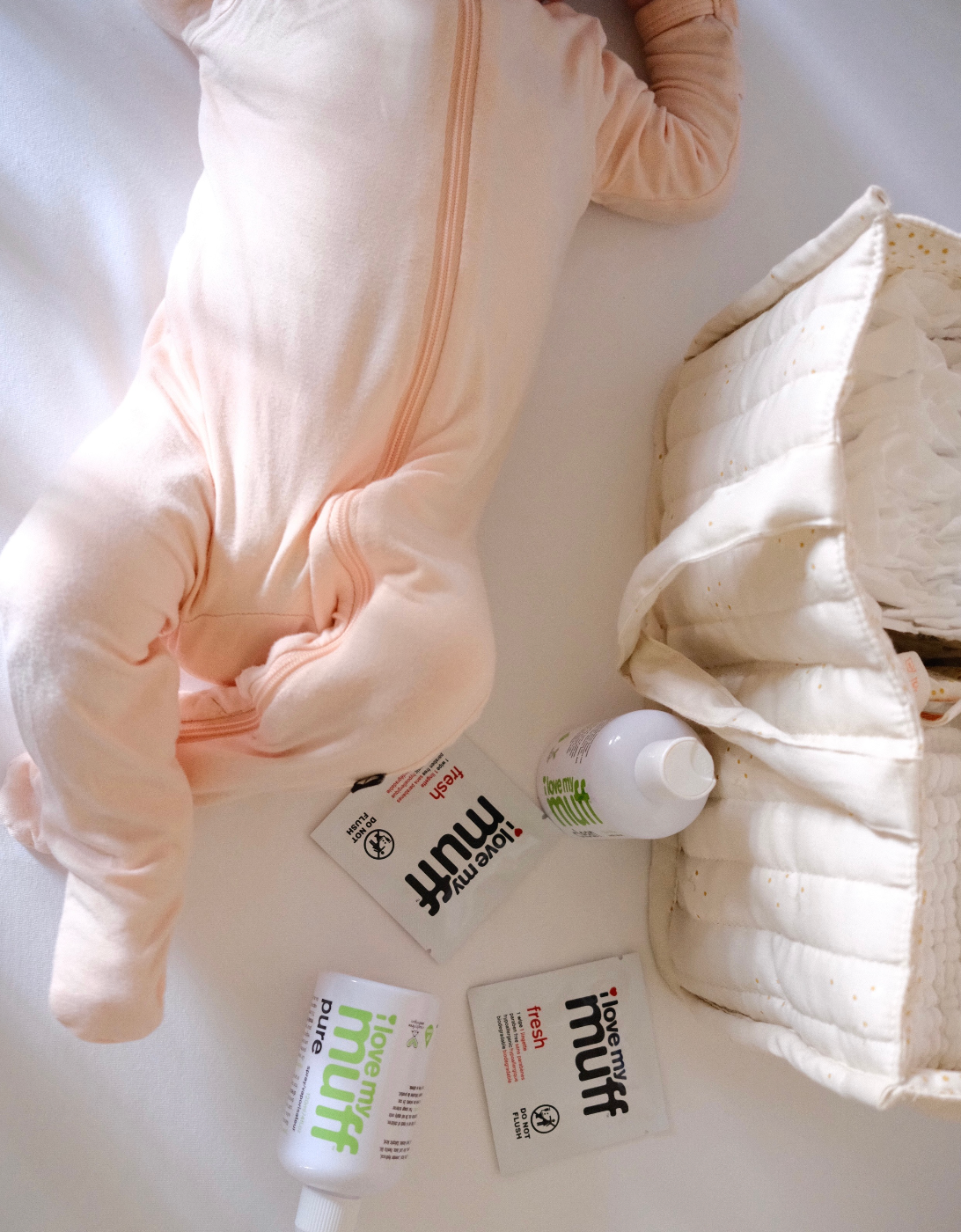What is BV?

WHAT YOU NEED TO KNOW ABOUT BACTERIAL VAGINOSIS
Most women will have encountered some kind of vaginal discomfort at some point in their lives. Many times the cause is bacterial vaginosis, often referred to as BV.
What is bacterial vaginosis?
BV is a bacteria infection caused by changes in the balance of good and bad bacteria in your vaginal environments. It occurs when the bad bacteria overtake the good. This infection is very common among women.
What causes bacterial vaginosis?
When the bacteria balance in your vagina changes, it can throw off the pH balance and lead to infections. Anything from douching to using vaginal products that contain irritating ingredients can cause this.
BV isn’t a sexually transmitted infection but it’s more common in women who are sexually active as having sex with a new partner, or multiple partners, may increase your risk for BV.
The exact causes of bacterial vaginosis are still unclear, but it's thought the natural vaginal environment can be disrupted by many things - both internal factors (eg. antibiotics, diet) and external factors (eg. soap, semen). It also varies by person, one person may get BV in a particular situation, while another may not.
Symptoms of BV
Symptoms aren’t always present when you have BV, which is why many people don’t even know they have it. Symptoms can also come and go or they might even be so mild that you don’t notice them.
What does bacterial vaginosis smell like?
The main symptom of BV is vaginal discharge that is thin and has a strong fishy smell. The discharge may be white, dull gray, greenish, or sometimes even a little foamy too.
Other potential symptoms include vaginal irritation, itching, or burning during urination.
Is it BV or a yeast infection?
For both BV and vaginal yeast infections, the main symptom is vaginal discharge so it can be tricky to identify which one you have.
The key difference is that with yeast infections, discharge may also be white or gray but it most commonly looks like cottage cheese. Since the symptoms are so similar, you should always consult a doctor to be certain.
How is BV diagnosed?
There are tests that doctors can run to determine if you have BV. They’ll take a sample of your vaginal discharge to either examine under a microscope or send it to a lab for analysis.
BV treatment
Luckily, BV is easily treatable with over-the-counter medicine but it’s important that you do treat it. If left untreated, it can put you at higher risk for sexually transmitted infections (STIs) and even cause problems during pregnancy.
BV is usually treated with antibiotics prescribed by your doctor, either in the form of pills or a gel or cream that you put in your vagina.
Like all antibiotics, make sure you use all of the medicine as your doctor prescribes, even if your symptoms go away sooner. And sorry, no sex until treatment’s complete and your infection clears up.
If you experience reoccurring BV, probiotics may help but always consult with your doctor before starting any supplements.
BV prevention
Some tips to prevent BV:
- Use condoms
- Don’t douche
- Use feminine hygiene products (stick with products with natural ingredients)
- avoid vaginal products with artificial scents or perfumes in that area
- Limit bubble baths
- Wipe front to back
- Wear cotton underwear to keep your area down under cool and sweat-free
Muff love ❤️



